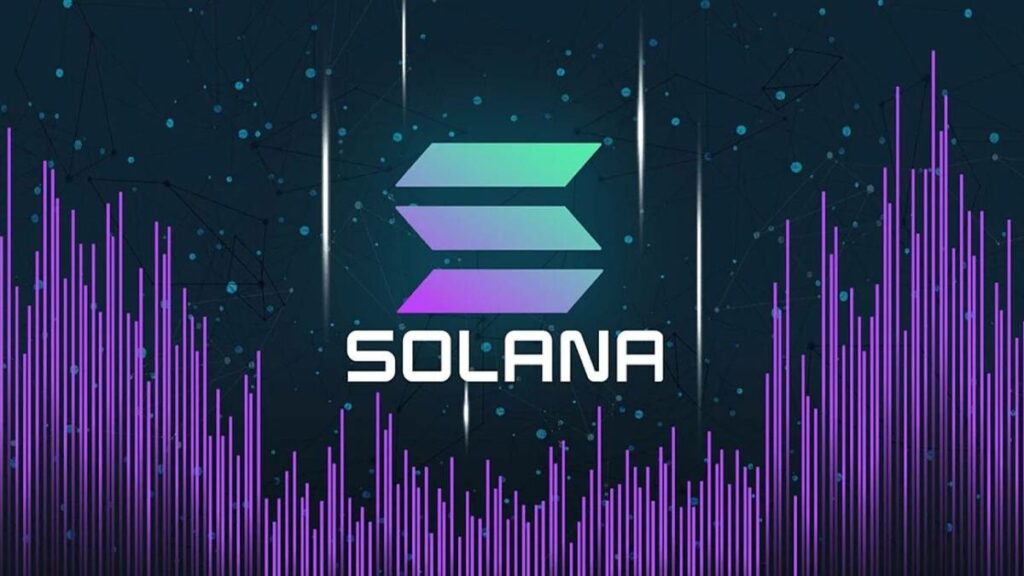TL;DR
- Solana metrics appear inflated, with many non-organic transactions.
- Solana faces high activity from fraudulent projects and volume manipulation via bots.
- There is a significant discrepancy in liquidity and adoption between SOL and Ethereum.
Despite the widespread enthusiasm surrounding Solana (SOL), a closer look suggests that the positive perception of the project may be overblown.
Recently, there has been an increase in the bullish narrative regarding SOL, highlighting its metrics compared to Ethereum (ETH) and other scalability levels (L2).
However, upon further investigation, several concerns arise that question the robustness of these claims.
— Flip Research (@Flip_Research) July 30, 2024
One of the most notable aspects of this discrepancy is the difference in the number of transactions per user.
Although Solana reports over 1.3 million daily active users versus 376,300 on Ethereum, the number of transactions per user is disproportionately high on Solana.
With 217 daily transactions per user on Solana compared to 2.92 on Ethereum, this imbalance suggests that a significant portion of transactions might not be performed by genuine users, but rather by bots or money laundering activities.
This pattern is also seen when comparing Solana to other popular chains such as Arbitrum, where the number of transactions per user is considerably lower.
Trading volumes on decentralized exchanges (DEX) on SOL also raise questions.
An analysis of liquidity providers on Raydium, a DEX on Solana, reveals a high concentration of activity on projects that have been abandoned or recently rug pulled.
The volumes generated in these transactions often involve bots artificially manipulating data which inflates reported numbers and masks the true health of the ecosystem.
Fundamental Issues and Future Outlook for Solana
The lack of stable liquidity and low TVL ratio in stablecoins on SOL also highlight the fundamental difference with Ethereum.
While Ethereum has a total value locked (TVL) in stablecoins of approximately $80 billion, Solana barely reaches $3.2 billion.
This discrepancy in liquidity and actual adoption suggests that despite high transacted volumes, SOL still faces significant challenges in terms of the stability and security of its ecosystem.
Furthermore, the SOL market is influenced by a number of factors that could erode its long-term attractiveness.
SOL’s high issuance rate, significant token lockups, and uncertainty around regulations and infrastructure development are challenges that could negatively impact its future valuation.
While positive sentiment may boost SOL price in the short term, underlying issues and inflated metrics could lead to a significant correction as the current euphoria dissipates and the true health of the project is revealed.











